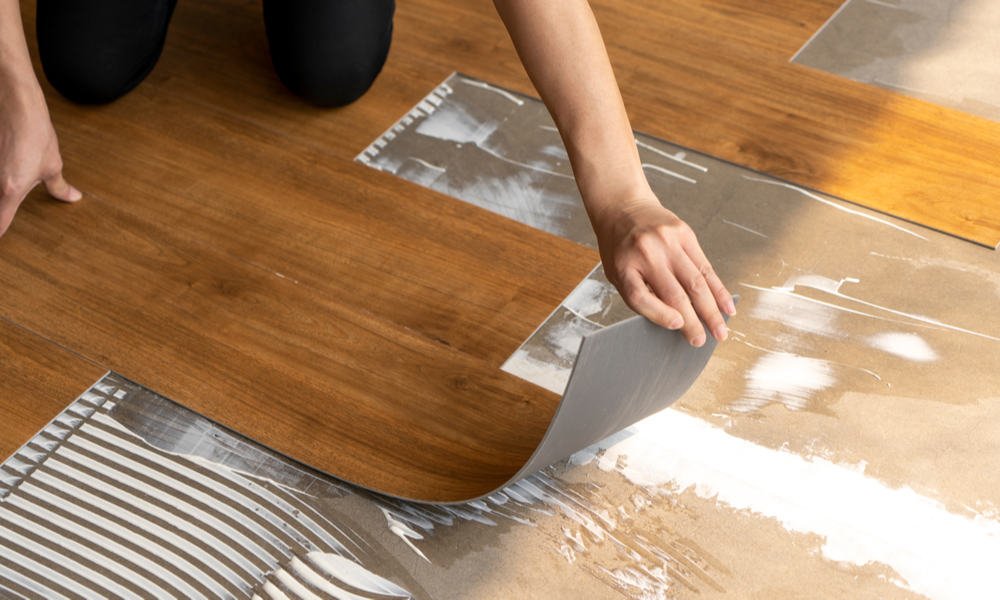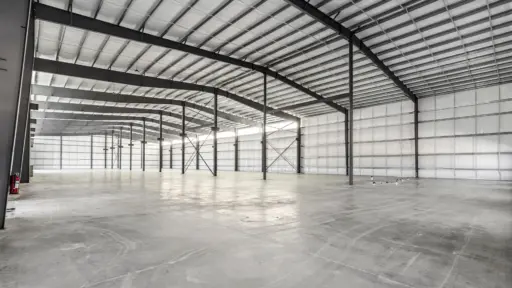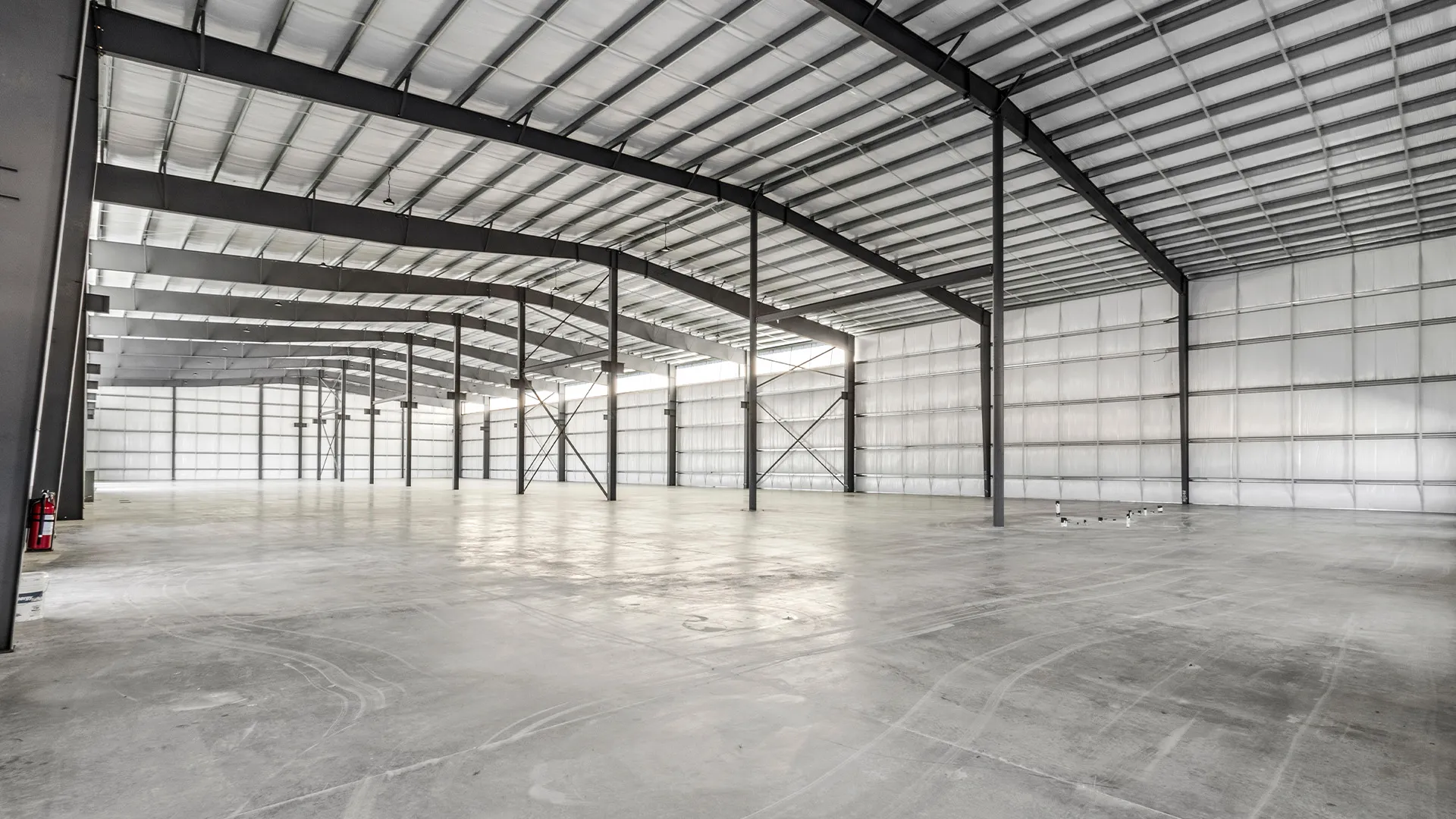The floor under all pallets, forklifts, and feet in a warehouse is a very important element in terms of accident prevention as well as productivity. It is not only an issue of budget to choose the right material; it also defines the way teams will move, the quality of equipment, and the level of protection offered to workers during long shifts. This consideration extends beyond ground-level surfaces—mezzanine floors also play a critical role in optimizing space and maintaining safety standards in multi-level warehouse operations. When looking at safety flooring solutions, it is worthwhile to analyse the needs of the environment and pair it with a surface that will actively assist in stability, traction, and longevity.
Epoxy Coatings: Durable and Chemical-Resistant
Epoxy is one of the most well-known solutions in logistics and industrial storage spaces. It is made of resins and hardeners that form a hard seamless surface that can resist the continuous pressure as well as chemical spills. Forklifts can easily maneuver around the smooth coating and painted line markings last longer because of the strength of the material. Nevertheless, epoxy can be slippery in damp weather, especially when maintenance practices are not observed carefully, without decent texturing.
Rubber Flooring: Shock-Absorbing and Slip-Resistant
Warehouses focused on manual handling or high foot traffic often benefit from rubber surfaces. Known for their cushioning properties, these floors reduce fatigue and strain on workers’ joints, especially in packing or sorting zones. In addition to ergonomic advantages, rubber maintains impressive grip levels, reducing the risk of slipping. It absorbs impact from dropped tools or materials, preventing floor damage and minimising noise. However, the softer composition may not suit areas exposed to sharp edges or heavy machinery, where gouging or wear could occur more rapidly.
Vinyl Tiles: Easy Installation and Adaptability

Interlocking vinyl flooring is frequently used for modular areas within larger storage units. Its ease of installation makes it suitable for rapidly changing layouts or temporary configurations. Offered in various patterns and finishes, vinyl tiles can replicate the look of polished concrete or other industrial aesthetics. Cleaning is simple, and damaged sections can be swapped out without resurfacing the entire floor. While not as robust as epoxy or rubber, vinyl serves well in lighter-duty zones where visual organisation, comfort, and reconfiguration flexibility matter.
Traction and Surface Texture
Each material has its own approach to preventing slips. Surface coatings and floor coverings must include anti-slip properties tailored to the conditions they’ll face—be that oil, water, dust, or loose packaging debris. Textured epoxy, patterned rubber, or embossed vinyl tiles all offer different types of grip control. Choosing based on hazard likelihood ensures the flooring not only supports workflow but actively reduces risk.
Load Capacity and Rolling Equipment
Warehouses relying heavily on trolleys, pallet trucks, or automated guided vehicles (AGVs) must prioritise materials that distribute weight evenly. Epoxy coatings, when properly cured, support extreme loads without buckling or denting. Rubber, though flexible, may compress under constant movement, causing minor efficiency losses over time. Matching the floor’s load tolerance to the equipment type and movement frequency helps maintain operational flow.
Temperature and Environmental Factors
Cold storage units, open-air facilities, or those exposed to seasonal temperature swings require flooring that won’t crack, warp, or become brittle. Certain vinyl compounds offer stability in low-temperature environments, while specially formulated epoxy systems are designed for high-traffic chilled areas. Factoring in thermal resistance protects both the floor’s structure and ongoing safety.
Maintenance Demands and Long-Term Cost
Beyond installation, each flooring type carries distinct upkeep needs. Epoxy, while highly durable, requires thorough surface preparation and occasional reapplication. Rubber must be cleaned with non-abrasive products to prevent degradation. Vinyl tiles, although low-maintenance, may lift at the edges if exposed to persistent moisture or chemical seepage. Comparing these factors against downtime costs and cleaning schedules reveals which option fits the long-term plan.
Aligning Flooring to Function
The ideal warehouse floor does not exist, but floors that are well adapted to particular activities, risks and work patterns do. Evaluating the volume of traffic, safety hazards, environmental exposure and mechanical requirements allow warehouse managers to invest in a surface that will add to short term safety and long term productivity.


